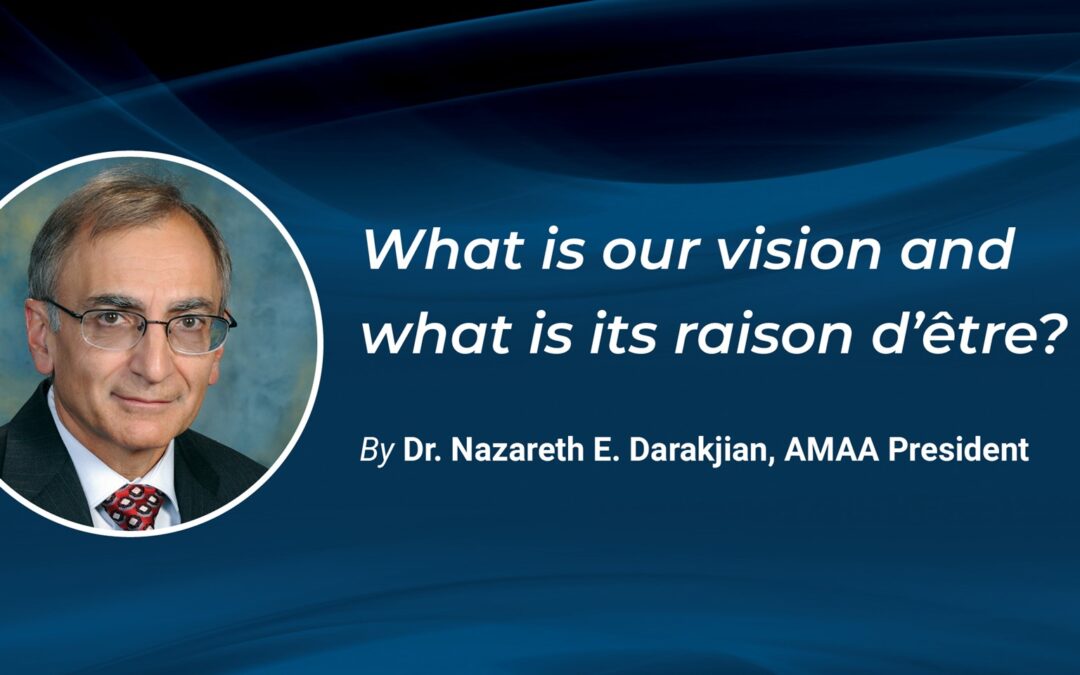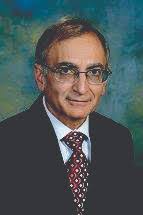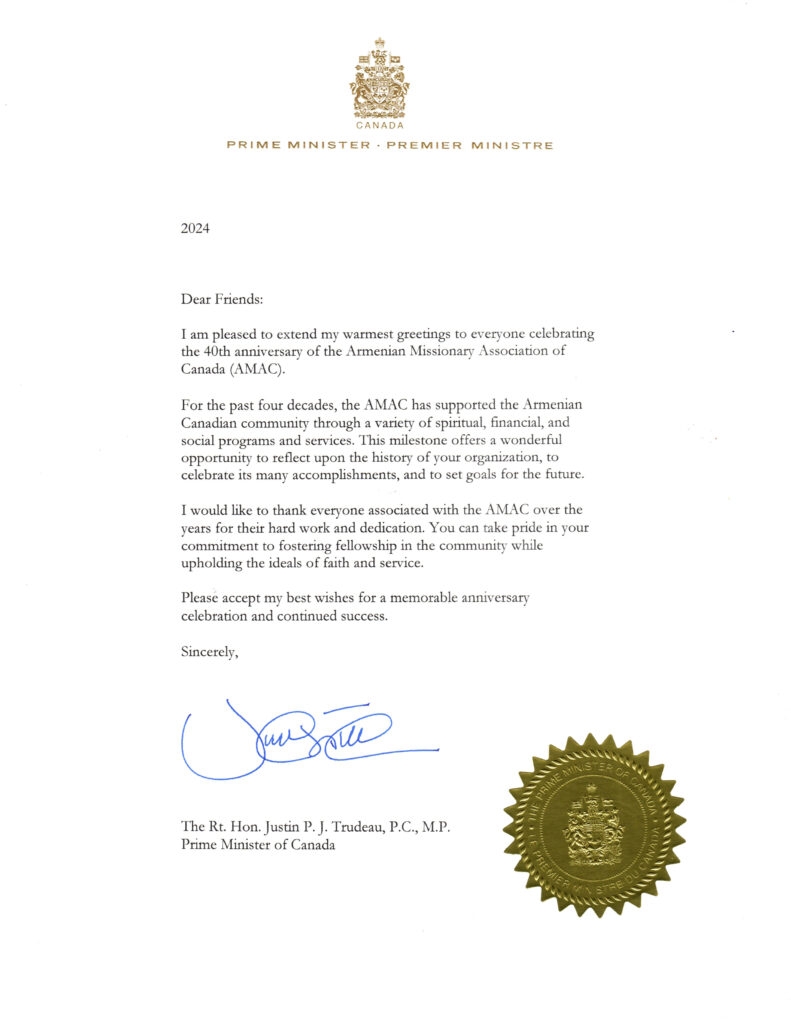An event that took place 175 years ago in Constantinople involving 40 people (37 men and 3 women), started a movement that changed the lives of hundreds of thousands of Armenians, and made a significant impact on the history of the Armenian Church and the Armenian nation.
A religious revival in the early days of the 19th century brought together a group of people to form a society of the pious whose aim was to understand the Bible better and implement its teachings in their daily lives. This did not go well with the ruling authorities of the Armenian Orthodox Church as they responded with the infamous anathema essentially kicking members of the society out of the Armenian Orthodox Church. To be left without a recognized church was a major blow to the members of that group. This would essentially prevent them from baptizing their children, and having no communion, no weddings, and no proper burial for their dead. On July 1, 1846, the Armenian Evangelical Church was born and received recognition from the Ottoman government of those days under the name of “Protestant Milletti” or Protestant Community of the Ottoman Empire.
A division in the Church never has a good outcome but it is not up to us today to lay blame on one party or the other for what happened 175 years ago. On this occasion, however, it would be appropriate to enumerate some of the positive contributions that the Armenian Evangelical Community brought to the life of the Armenian nation.
Soon after its formation, this new church was busy translating the Bible to the Western Armenian dialect that would enable people to read and understand the most important book in their possession. The ability to read and understand the Bible contributed to spiritual growth and helped spread the religious revival to the far corners of Armenia. As an unintended consequence, the spread of the Western Armenian Bible strengthened and purified the Western Armenian language and established its grammar. We should also mention that Armenian Evangelicals started the first periodical in the Western Armenian vernacular in Turkey.
Armenian Evangelicals were also busy building schools in every town and village across Historical Armenia. Up until the Genocide of 1915 hundreds of schools of various levels as well as colleges and theological seminaries were established over a span of 70 years. Everything was lost following the Genocide and deportation of Armenians from their historical Homeland. No time was wasted however, as schools and churches were rebuilt in the Diaspora communities especially in Syria and Lebanon. In 1955, the Haigazian College (later University) was established in Beirut which to this day is the only Armenian University in the Diaspora.
Several Armenian Evangelical pastors dedicated a good portion of their time and material resources to take care of the orphans from the Genocide. Revs. Hovhannes Eskijian and Aharon Shirajian are known to have saved the lives of thousands of orphans from certain death. Revs. Krikor Baghdassarian and Haroutune Hallajian maintained orphanages in Turkey prior to the Genocide. Rev. Yenovk Hadidian was instrumental in establishing the Armenian Sanatorium of Azounieh in Lebanon. As for lay philanthropists, Vartan Jinishian and Stephen Philbosian created foundations that benefit Armenians of all persuasions.
Armenian Evangelicals as a group have stayed out of the Armenian political parties which has spared them the conflicts and sometimes fratricidal infighting that has taken place between the various Armenian political parties in the Diaspora. Armenian Evangelical churches have avoided aligning themselves with political parties as some other Armenian Churches have. This does not mean that Armenian Evangelicals have remained passive when the enemy threatened our nation with extermination. A good example of this is the heroic resistance on Mousa Dagh where Armenians of all persuasions fought together with Rev. Dikran Antreassian being one of the chief leaders of the group. Another heroic fight took place in Aintab during 1920-21 under the leadership of Adour Levonian and Avedis Kalemkiarian both well-known Armenian Evangelicals whose successful fight against the Turks saved the lives of thousands of Armenians.
The thirty-year Genocide and the forced deportations were a major blow to the Armenian Evangelical Church and Community and very similar to what happened to the rest of the Armenian nation. Many Armenian Evangelical pastors were martyred with only one example being the group of nineteen pastors that were trapped in a church and burned to death on their way to Adana in 1909. However, the death and destruction that took place in the East created a positive response in the West. In 1918, during the Annual Convention of the Armenian Evangelical Union-Eastern States in Worcester MA, the Armenian Missionary Association of America was born with the goal of rebuilding our churches, schools and communities that had been decimated. For the first 70 years of its existence, the AMAA served Armenian communities in the Diaspora. After the disastrous earthquake that hit Armenia in 1988 and the fall of the Soviet Union that soon followed, the AMAA extended its activities to the motherland also.
Today, the AMAA is active in 24 countries giving support to our churches and schools, educating the young minds of our nation, providing spiritual growth through our youth camps and various activities, and providing humanitarian aid from the Near East to Armenia and Artsakh.
On this 175th Anniversary of the Armenian Evangelical Movement we can with certainty affirm that the movement is alive and well. As much as we have accomplished, we still have dreams that need to be realized. What is the vision of the Armenian Evangelical Church and what is its raison d’être? Our dreams and goals are not that much different than what motivated our forefathers 175 years ago. Our wish is to see every Armenian become familiar with the Bible and be able to read it in the language that he/she understands the best. We would like every Armenian to get to know Christ and the promise of salvation He brought to humanity by His sacrifice on the cross. We would like to see every Armenian follow Christ’s teachings and live a life that will be pleasing to God.
May God lead us, guide us, and help us accomplish our goals as we look forward to more anniversaries.
Dr. Nazareth E. Darakjian
AMAA President
___
* This article was published in AMAA News Issue 3, 2022.



